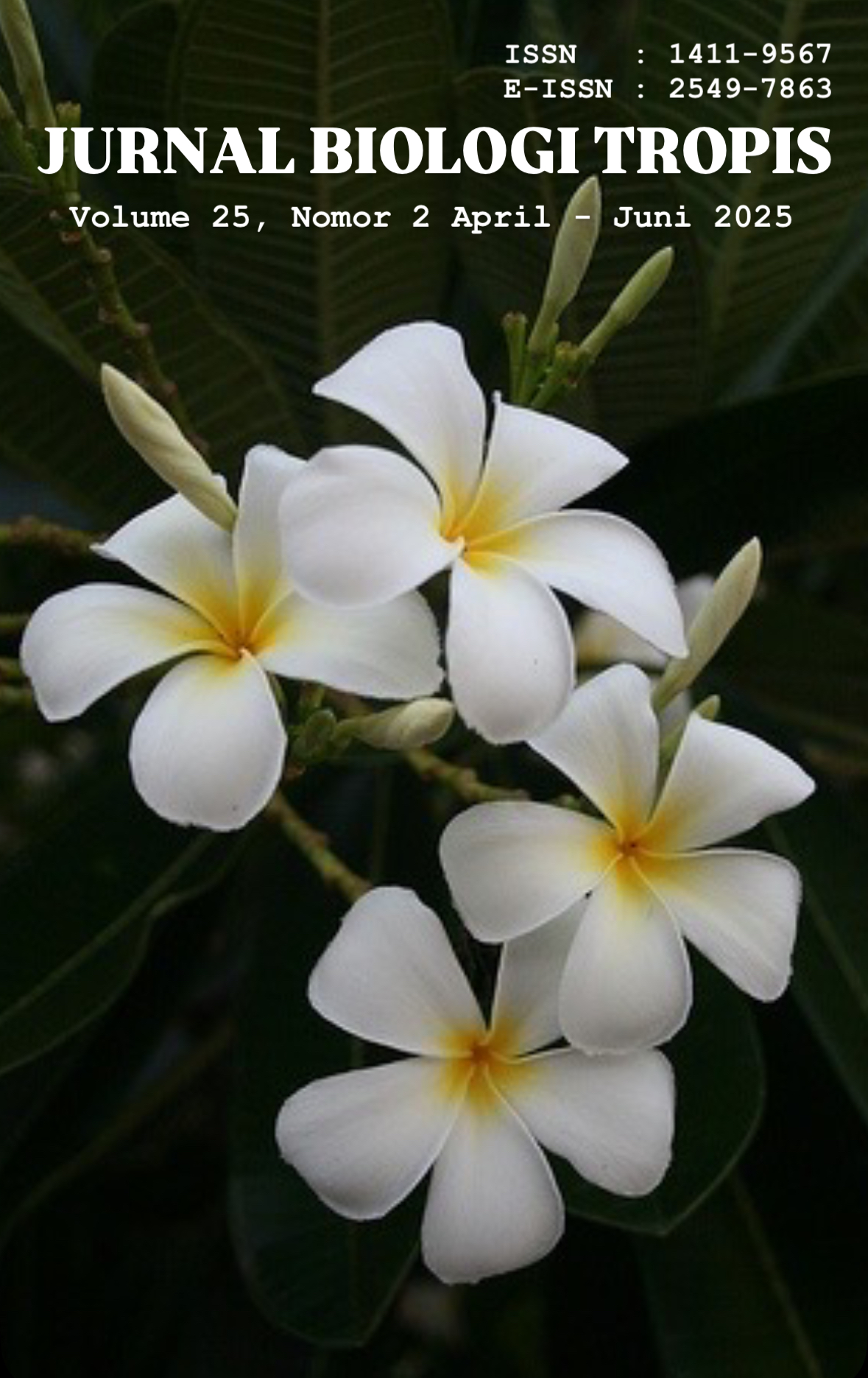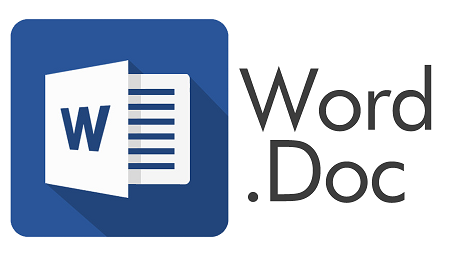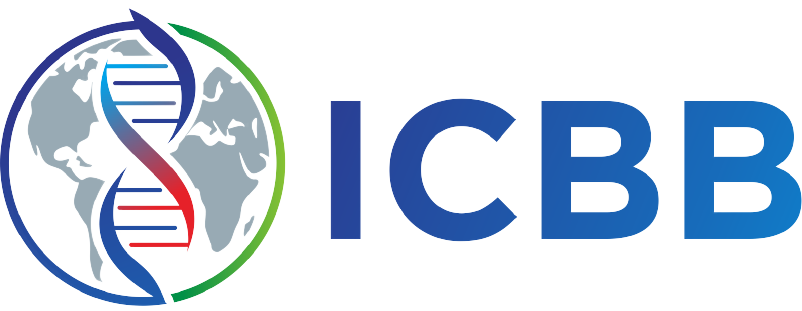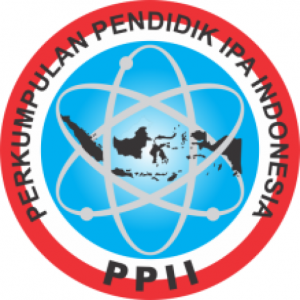The Knowledge Level of Hypertension Stage 2 Patients at Harapan Keluarga Hospital Regarding Complications in the Form of Aortic Aneurysm
Authors
Keysha Angelica Sinaga , Maz Isa Ansyori Arsatt , Basuki Rahmat , Anak Agung Ayu Niti WedayaniDOI:
10.29303/jbt.v25i2.8807Published:
2025-05-15Issue:
Vol. 25 No. 2 (2025): April-JuniKeywords:
Aortic aneurysm, hypertension stage, knowledge level.Articles
Downloads
How to Cite
Downloads
Metrics
Abstract
Hypertension is a major contributor to cardiovascular complications, including aortic aneurysms, which can be fatal if left untreated. This study aims to examine the relationship between the level of hypertension, particularly stage 2, and the incidence of aortic aneurysm. A retrospective cohort analysis was conducted using medical records of 24 patients diagnosed with varying degrees of hypertension and aortic aneurysm at Harapan Keluarga Hospital in December 2024. Statistical analysis using the chi-square test revealed a significant association between hypertension severity and the incidence of aortic aneurysm (p = 0.000), with an odds ratio of 2.001 (95% CI: 2.010–2.229). These findings emphasize the need for enhanced patient education and preventive strategies, particularly among those with hypertension stage 2, to mitigate the risk of aneurysm-related complications.
References
Commodore-Mensah, Y., Turkson-Ocran, R. A., Foti, K., Cooper, L. A., & Himmelfarb, C. D. (2021). Associations between social determinants and hypertension, stage 2 hypertension, and controlled blood pressure among men and women in the United States. American Journal of Hypertension, 34(7), 707–717. https://doi.org/10.1093/ajh/hpab011
DeGuire, J., Clarke, J., Rouleau, K., Roy, J., & Bushnik, T. (2019). Blood pressure and hypertension. Health Reports, 30(2), 14–21. https://doi.org/10.25318/82-003-x201900200002
Gallo, G., & Savoia, C. (2024). Hypertension and heart failure: From pathophysiology to treatment. International Journal of Molecular Sciences, 25(12), Article 6661. https://doi.org/10.3390/ijms25126661
Gao, J., Cao, H., Hu, G., Wu, Y., Xu, Y., Cui, H., Lu, H. S., & Zheng, L. (2023). The mechanism and therapy of aortic aneurysms. Signal Transduction and Targeted Therapy, 8(1), Article 150. https://doi.org/10.1038/s41392-023-01325-7
Golledge, J., Thanigaimani, S., Powell, J. T., & Tsao, P. S. (2023). Pathogenesis and management of abdominal aortic aneurysm. European Heart Journal, 44(29), 2682–2697. https://doi.org/10.1093/eurheartj/ehad386
Guirguis-Blake, J. M., Evans, C. V., Webber, E. M., Coppola, E. L., Perdue, L. A., & Weyrich, M. S. (2021). Screening for hypertension in adults: An updated systematic evidence review for the U.S. Preventive Services Task Force (Evidence Synthesis No. 197). Agency for Healthcare Research and Quality. https://www.ahrq.gov/sites/default/files/wysiwyg/prevention/guidelines/hypertension/hypertension-sys-review.pdf
Hellawell, H. N., Mostafa, A. M. H. A. M., Kyriacou, H., Sumal, A. S., & Boyle, J. R. (2021). Abdominal aortic aneurysms part one: Epidemiology, presentation and preoperative considerations. Journal of Perioperative Practice, 31(7–8), 274–280. https://doi.org/10.1177/1750458920954014
Hou, X., Zhang, F., Ye, Z., Xu, Q., Huang, L., Guo, Q., Liu, W., Wang, L., Zhou, M., Yin, P., & Zhu, M. (2022). The burden of aortic aneurysm in China from 1990 to 2019: Findings from the Global Burden of Disease Study 2019. BMC Public Health, 22, Article 381. https://doi.org/10.1186/s12889-022-13221-w
Hunter, P. G., Chapman, F. A., & Dhaun, N. (2021). Hypertension: Current trends and future perspectives. British Journal of Clinical Pharmacology, 87(10), 3721–3736. https://doi.org/10.1111/bcp.14825
Keisler, B., & Carter, C. (2015). Abdominal aortic aneurysm. American Family Physician, 91(8), 538–543. https://www.aafp.org/pubs/afp/issues/2015/0415/p538.html
Kobeissi, E., Hibino, M., Pan, H., & Aune, D. (2019). Blood pressure, hypertension and the risk of abdominal aortic aneurysms: A systematic review and meta-analysis of cohort studies. European Journal of Epidemiology, 34(6), 547–555. https://doi.org/10.1007/s10654-019-00510-9
Lu, H., & Daugherty, A. (2017). Aortic aneurysms. Arteriosclerosis, Thrombosis, and Vascular Biology, 37(6), e59–e65. https://doi.org/10.1161/ATVBAHA.117.309578
Márquez-Sánchez, A. C., & Koltsova, E. K. (2022a). Immune and inflammatory mechanisms of abdominal aortic aneurysm. Frontiers in Immunology, 13, Article 989933. https://doi.org/10.3389/fimmu.2022.989933
Márquez-Sánchez, A. C., & Koltsova, E. K. (2022b). Immune and inflammatory mechanisms of abdominal aortic aneurysm. Frontiers in Immunology, 13, Article 989933. https://doi.org/10.3389/fimmu.2022.989933
Musto, L., Smith, A., Pepper, C., Bujkiewicz, S., & Bown, M. (2024). Risk factor-targeted abdominal aortic aneurysm screening: Systematic review of risk prediction for abdominal aortic aneurysm. British Journal of Surgery, 111(9). https://doi.org/10.1093/bjs/znae239
Oparil, S., Acelajado, M. C., Bakris, G. L., Berlowitz, D. R., Cífková, R., Dominiczak, A. F., Grassi, G., Jordan, J., Poulter, N. R., Rodgers, A., & Whelton, P. K. (2018). Hypertension. Nature Reviews Disease Primers, 4, Article 18014. https://doi.org/10.1038/nrdp.2018.14
Quintana, R. A., & Taylor, W. R. (2019). Cellular mechanisms of aortic aneurysm formation. Circulation Research, 124(4), 607–618. https://doi.org/10.1161/CIRCRESAHA.118.313187
Rooprai, J., Boodhwani, M., Beauchesne, L., Chan, K. L., Dennie, C., Wells, G. A., & Coutinho, T. (2022). Central hypertension in patients with thoracic aortic aneurysms: Prevalence and association with aneurysm size and growth. American Journal of Hypertension, 35(1), 79–86. https://doi.org/10.1093/ajh/hpaa183
Rossi, G. P., Bisogni, V., Rossitto, G., Maiolino, G., Cesari, M., Zhu, R., & Seccia, T. M. (2020). Practice recommendations for diagnosis and treatment of the most common forms of secondary hypertension. High Blood Pressure & Cardiovascular Prevention, 27(6), 547–560. https://doi.org/10.1007/s40292-020-00415-9
Shen, Y. H., Lemaire, S. A., Webb, N. R., Cassis, L. A., Daugherty, A., & Lu, H. S. (2020). Aortic aneurysms and dissections series. Arteriosclerosis, Thrombosis, and Vascular Biology, 40(3), E37–E46. https://doi.org/10.1161/ATVBAHA.120.313991
Syed, M. B. J., Fletcher, A. J., Dweck, M. R., Forsythe, R., & Newby, D. E. (2019). Imaging aortic wall inflammation. Trends in Cardiovascular Medicine, 29(8), 440–448. https://doi.org/10.1016/j.tcm.2018.12.003
van Leeuwen, G. L., Kooijman, M. A., Schuurmann, R. C. L., van Leeuwen, B. L., van Munster, B. C., van der Wal-Huisman, H., & de Vries, J. P. P. M. (2024). Health literacy and disease knowledge of patients with peripheral arterial disease or abdominal aortic aneurysm: A scoping review. European Journal of Vascular and Endovascular Surgery, 67(6), 935–947. https://doi.org/10.1016/j.ejvs.2024.03.040
Wang, H., Li, Y., Fan, K., Zhao, T., Xu, K., Zahin, M., Wang, S., Cao, G., Gao, T., Jia, X., Zhang, R., Dong, H., & Zheng, G. (2025). Global epidemiology of early-onset aortic aneurysm: Temporal trends, risk factors, and future burden projections. Journal of Epidemiology and Global Health, 15(1). https://doi.org/10.1007/s44197-025-00369-y
World Health Organization. (2023). Hypertension. https://www.who.int/news-room/fact-sheets/detail/hypertension
Yang, G., Khan, A., Liang, W., Xiong, Z., & Stegbauer, J. (2024). Aortic aneurysm: Pathophysiology and therapeutic options. MedComm, 5(9), Article e703. https://doi.org/10.1002/mco2.703
Zhou, Z., Cecchi, A. C., Prakash, S. K., & Milewicz, D. M. (2022). Risk factors for thoracic aortic dissection. Genes, 13(10), Article 1814. https://doi.org/10.3390/genes13101814
License
Copyright (c) 2025 Keysha Angelica Sinaga, Maz Isa Ansyori Arsatt, Basuki Rahmat, Anak Agung Ayu Niti Wedayani

This work is licensed under a Creative Commons Attribution 4.0 International License.

Jurnal Biologi Tropis is licensed under a Creative Commons Attribution 4.0 International License.
The copyright of the received article shall be assigned to the author as the owner of the paper. The intended copyright includes the right to publish the article in various forms (including reprints). The journal maintains the publishing rights to the published articles.
Authors are permitted to disseminate published articles by sharing the link/DOI of the article at the journal. Authors are allowed to use their articles for any legal purposes deemed necessary without written permission from the journal with an acknowledgment of initial publication to this journal.


























